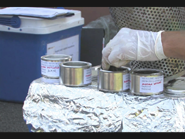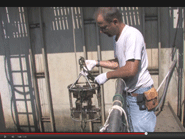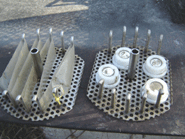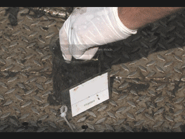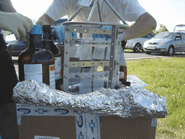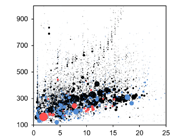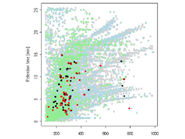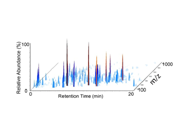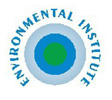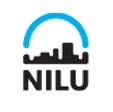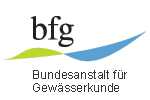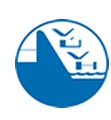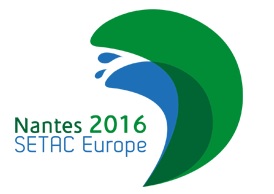You are here
SETAC Europe 26th Annual Meeting
Passive sampling and toxicity profiling (under main theme: RAM-Risk assessment, mitigation and monitoring)
22-26 May 2016, Nantes, France
In recent years, many monitoring initiatives have been undertaken in which passive sampling techniques were combined with toxicity profiling, such as the Joint Danube Survey (ICPR), the Toxicity as Ecological Key Factor project (STOWA) and the TIPTOP project (CEFIC). Whereas traditional chemical monitoring is based on compound-by-compound target analyses of time-point grab samples, these initiatives try to use more ecologically relevant monitoring techniques for environmental quality assessment. Passive sampling has the advantage that it integrates concentrations of pollutants over time while accounting for bioavailability. Toxicity profiling has the advantage that it directly reflects the toxicity of the complex mixture present in the sample, including unknown substances, transformation products, and compounds present at levels below their analytical limit of detection. Moreover, a test battery can be used for effect-based monitoring consisting of in vitro bioassays covering a spectrum of different mechanisms of action, in vivo bioassays covering different trophic levels, or a combination of the two. The test battery can be regarded as a safety net to identify potential environmental hazards due to micro contaminants.
For this session, we invite participants to present the results from monitoring studies applying passive sampling in different environmental matrices (water, sediment, air), toxicity profiling with in vitro and/or in vivo bioassays, and preferably a combination of passive sampling and toxicity profiling. Contributions addressing the ecological relevance or cost-effectiveness of such monitoring strategies for environmental quality assessment purposes compared to traditional chemical monitoring are especially welcomed.
Chairs: Timo Hamers and Ron van der Oost
Abstract Deadline: 25 November 2015
For more details go to http://nantes.setac.eu/
